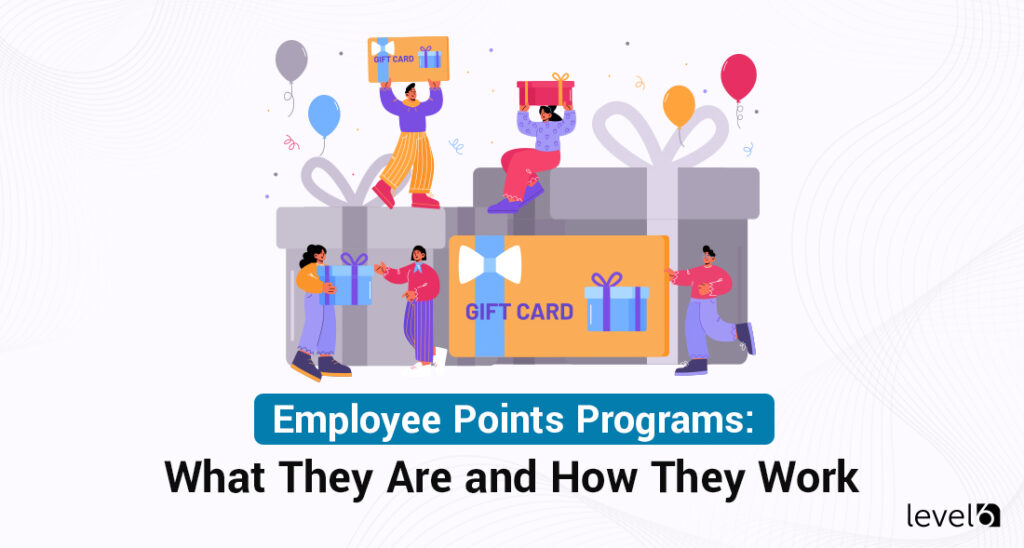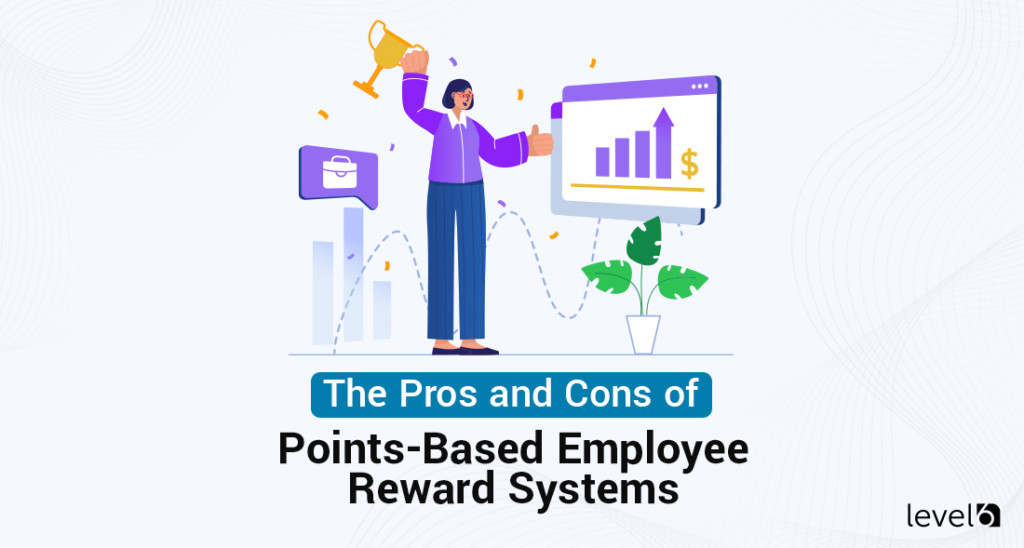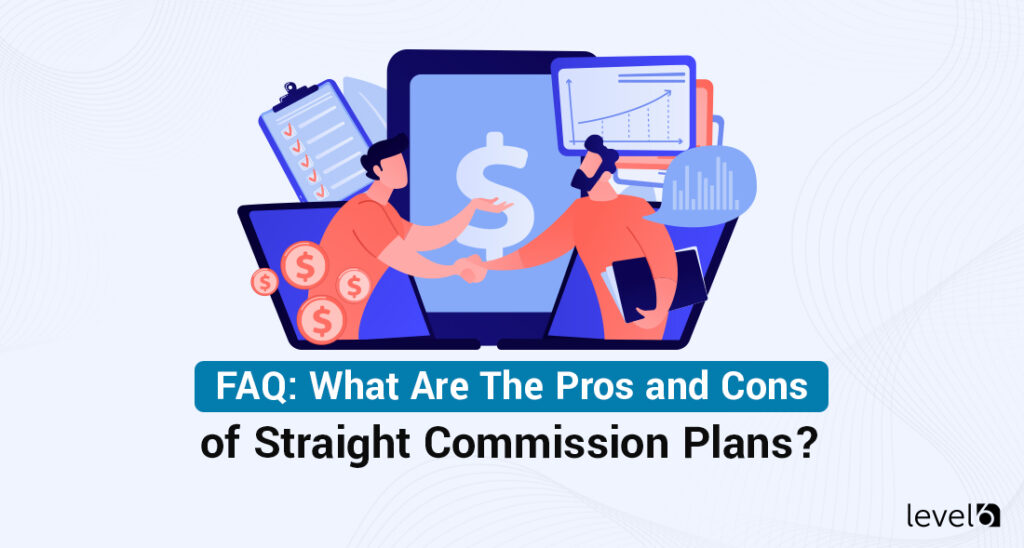Group incentive programs can help foster collaboration and teamwork, increase productivity and performance, and align team efforts with the organization’s larger goals.
While there are countless benefits to implementing group incentive programs, it’s essential that this type of plan is put into place with a great deal of care. For example, there needs to be transparency in how rewards are distributed and measurable goals that are clearly communicated.
Utilizing one of the existing group incentive program models can help ensure that both your organization and employees benefit from the plan.
In this post, we’ll review five examples of group incentive programs and their benefits to help you identify the right incentive model for your company.
1. Profit Sharing
One of the most popular group incentive programs is profit sharing. There are actually a lot of different ways that this model can be employed, but the general concept is that the company rewards the employees with a portion of the company’s profits.
Typically, profit sharing will involve eligibility requirements in order to determine who can participate. They will also outline the percentage of profits that will be awarded to the profit-sharing pool and involve a specific formula or plan that governs how these profits are distributed.
Some of the common approaches by organizations that offer profit sharing include:
- Distributions based on hours worked or salary
- Equal distributions
- A combination of factors, for example, performance or seniority
The timing of profit pool distribution can also vary depending on the specifics of the plan. For example, some organizations might give their payouts once a year, while others might distribute them quarterly. Employees might receive their share in the form of stock options or retirement plans, or some companies might choose to distribute them as a cash bonus.
Looking to learn more about an incentive, rebate
or reward program for your business?
Curious about costs?
Try our instant pricing calculator:
The Benefits of Profit Sharing
Employees and employers alike can benefit from a profit-sharing group incentive program.
- Provides employees with a financial incentive: Perhaps the most obvious benefit is that employees are financially incentivized to help the company succeed. With a direct financial stake, they recognize that they are rewarded when the organization generates profits and performs well. This can motivate them to be more productive and work harder while also helping them feel recognized for their efforts.
- Aligns the interests of the workers with the company’s goals: Employees are more likely to feel a sense of commitment and ownership to a company when they share in the success of the company. This can help to boost loyalty and engagement among employees.
- Promotes teamwork and collaboration: With profit sharing, employees are encouraged to share knowledge, work together, and offer support to each other in order to maximize profitability for the company.
- Boosts employee satisfaction, morale, and retention: Profit sharing can help employees feel appreciated and recognized for their contributions. Overall, it can add to a positive work environment where workers are more motivated, happier with their jobs, and interested in sticking around for the long term.
2. The Scanlon Plan
The Scanlon plan was created by Joseph N. Scanlon, who was a man of many trades. At various points in his life that spanned the first half of the 20th century, Scanlon was a steelworker, a professional boxer, a cost accountant, a lecturer at MIT, a union president, and the acting director of the Steelworkers Research Department.
During the 1930s, he was the local union president of a steel mill and saw how the depressed economy impacted the company and its workers. With the business nearly failing and the employees feeling underpaid, he created a committee to solve organizational problems that consisted of a collaboration between the union and management.
Through this experience, which was so successful that he was asked to help other companies that were struggling, he became a believer in the power of cooperation. He continued to develop his ideas about organizational improvement and cooperation between labor and management while he worked as a lecturer at MIT. The term “Scanlon Plan” was accidentally coined while he lectured at the institution, and it has stuck ever since.
This gainsharing program combines a reward system linked to organizational performance with total workforce education, widespread employee participation, and leadership.
The central principle of the Scanlon Plan is the sharing of gains between the employees and the company. Utilizing the ratio of labor costs to sales, this plan creates a formula to distribute financial rewards. The idea here is that employees will be more motivated to give their all at work when they know they’ll be getting a piece of the pie, while the increased productivity and cost savings created by employees create the financial means to reward them.
Rather than a specific outline for how to implement the Scanlon Plan, the plan is more a concept that can be adapted to meet the needs and circumstances of a particular organization. The implementation details can vary depending on the company, but the core principles always stay the same.
At the end of the day, the primary goal of this plan is to create and nurture a collaborative work environment that helps align the company’s success with the employees’ interests. This can, ultimately, result in increased employee engagement, improved productivity, and shared financial gain.
The Benefits of the Scanlon Plan
The Scanlon Plan has been used in various contexts, but it is best suited to organizations with a stable workforce with low turnover rates.
Some environments where this type of plan can be most effective include manufacturing and production companies, labor-intensive industries, and organizations with a highly collaborative culture.
- Improves collaboration and communication: The Scanlon Plan promotes a culture of communication and teamwork rather than creating a competitive environment like some individual incentive programs. This can help contribute to a positive work environment and helps the company succeed.
- Rewards employees based on the company’s financial performance: Employees can share in a sense of financial ownership and success because they receive a portion of a company’s gains when they increase profits or achieve cost savings. This can be a powerful motivating force.
- Encourages cost-saving measures and efficiency improvements: Employees are encouraged to find ways to save time and money while on the job in this plan.
- Fostering a culture of continuous improvement: The Scanlon Plan can help employees participate in a culture of ongoing innovation and improvement. This can mean the company’s adaptability, competitiveness, and sustainability over the long term are improved.
- Encourages employees to stick around: In addition to helping attract talent, the Scanlon Plan can also boost employee retention. When employees have a financial stake in a company’s success, they’re both more likely to be happier in their job and more likely to stay with the organization long term.
3. Employee Stock Ownership Plans (ESOPs)
Through an Employee Stock Ownership Plan (ESOP), employees can acquire ownership in the company they work for in the form of company stock shares. There are a number of ways that this type of plan can be implemented to incentivize employees by tying their financial rewards with the whole company’s success.
In order to establish an ESOP, a company will typically create a trust where shares of the company’s stock are held on the employees’ behalf. A committee or a trustee oversees the trust as well as the administration and operation of the plan.
The company can make contributions in the form of stocks to this trust, either through loans taken by the ESOP or directly. Individual employees receive stocks from the trust based on criteria that are determined ahead of time.
Employees usually gain ownership rights to their shares over time based on a vesting schedule. Though there can be differences between vesting schedules, common structures include cliff vesting and graded vesting.
With cliff vesting, employees will gain ownership all at once after a certain time period has passed. With graded vesting, their ownership increases gradually over time.
Employees can redeem or sell their vested shares when they meet certain eligibility criteria, leave the company, or retire.
The Benefits of ESOPs
How can ESOPs benefit employees and organizations?
Here are only some of the advantages:
- Creates a sense of ownership: Employees are more likely to be committed, engaged, and motivated when they have a direct stake in the company.
- Financial rewards: Employees benefit from this type of program through the potential for wealth accumulation.
- Offers tax advantages to both employees and companies: Contributions to this type of program are usually tax-deductible, which can reduce the tax burden of the company. Employees also can enjoy tax benefits depending on the program.
- Can improve company performance: Some studies have found that organizations with ESOPs tend to do better than those without them in terms of profitability, productivity, and long-term sustainability.
4. Goal Based Incentives
Goal-based incentive programs can come in many shapes and sizes, but they all reward workers for meeting specific predetermined goals. For example, you might give your sales team a bonus for topping a certain dollar amount in sales during a set period of time.
When you set goal-based incentives, it can help to encourage teamwork and motivate employees. With a clear goal in mind, they know what they are striving to achieve and even surpass.
The Benefits of Goal-Based Incentives
Goal-based incentives can provide a number of benefits, including:
- Improves motivation and performance: Goal-based incentives can greatly impact employee motivation, encouraging them to perform at their best and strive for excellence. This can help drive continuous improvement among teams while inspiring innovation and promoting healthy competition.
- Offers clarity and focus: Goal-based incentives help to provide a very clear target for what employees are working toward. This allows employees to focus on the most important tasks, which, when well-designed, can align with the goals of the company.
- Provides accountability for employees: Clear and measurable goals can help provide a way to measure employee performance. Beyond that, they can help to hold workers accountable for their performance and outcomes.
- Boosts employee satisfaction and retention: Being rewarded for meeting specific goals can lead to happier employees and less turnover.
5. Merit-Based Incentives
There are also a number of different incentive programs that are merit-based. In this type of group incentive, teams are rewarded for their effort rather than for the specific outcome they create. It’s important, though, to create a merit-based incentive program that has concrete expectations and goals that employees are trying to meet; otherwise, it can create a lot of chaos and confusion.
For example, let’s say that your team has been working overtime for two weeks to meet a specific deadline. They put their all into it and made sacrifices in order to get the job done. That being said, it doesn’t quite hit the mark you were aiming for.
In this circumstance, you might choose to give out merit-based rewards to recognize your team’s hard work.
Though this can be a good idea in theory, this is a more subjective approach that can be difficult to carry out in a streamlined and fair way. Without clear goals in terms of what employees are striving for, it can create confusion for employees and employers alike.
What you can do in order to make this a more realistic incentive program is to utilize performance metrics in order to give out merit-based rewards. For example, you could reward your team for meeting specific customer metrics, such as a specific percentage increase in your Customer Satisfaction Score.
The Benefits of Merit-Based Incentives
Some of the key advantages of merit-based incentives include:
- Boosts motivation and engagement: Employees are motivated to perform at their best with merit-based incentives.
- Provides a way to reward teams for their performance: Creating a sense of satisfaction and accomplishment among teams can spur them to continue to perform at their best.
- Increases retention and helps attract top talent: When high-performing workers are rewarded for their hard work, they’re much more likely to stick around and continue giving their all to the company. This can also help to bring in new, high-performing employees.
- Improves performance: In this type of model, employees are motivated to increase their knowledge, enhance their skills, and improve their performance.
Employee Incentives to Boost Organizational Success
If you’re ready to put together a program that’s right for your organization and your employees, you’re in the right place. At Level 6, we’ve been a leader in custom programs for nearly two decades. With a world-class team of dedicated professionals, we’re here to ensure that you receive the best overall value in full-service incentive programs.
Are you ready to incentivize your workforce to help your company thrive and grow? If so, schedule a call today.

Claudine is the Chief Relationship Officer at Level 6. She holds a master’s degree in industrial/organizational psychology. Her experience includes working as a certified conflict mediator for the United States Postal Service, a human performance analyst for Accenture, an Academic Dean, and a College Director. She is currently an adjunct Professor of Psychology at Southern New Hampshire University. With over 20 years of experience, she joined Level 6 to guide clients seeking effective ways to change behavior and, ultimately, their bottom line.

 Demo
Demo











